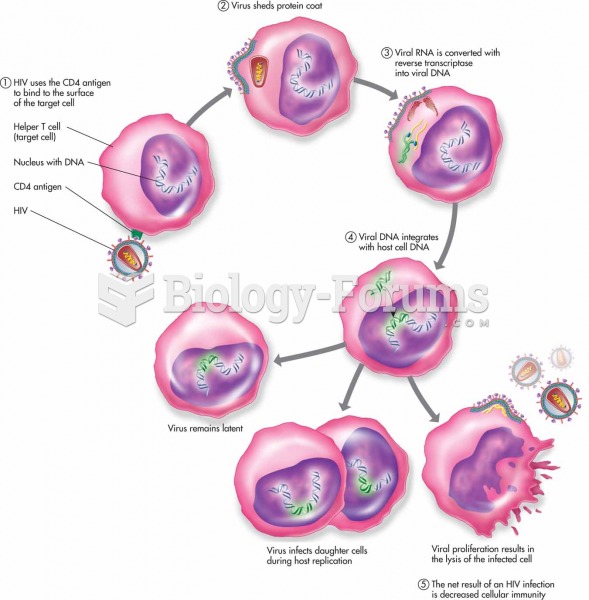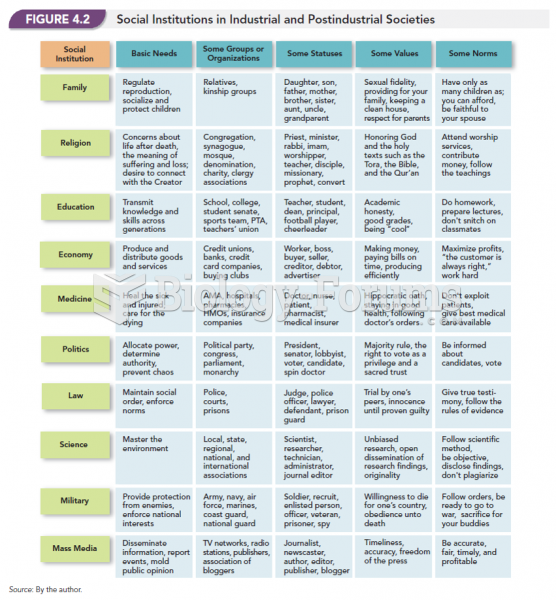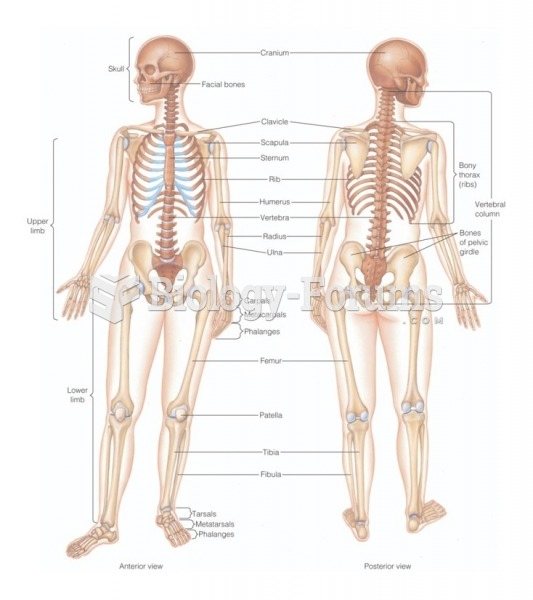Answer to Question 1
Internationally, human trafficking is increasingly recognized as a major social problem. Human trafficking is the recruitment, transportation, or receipt of people for the purposes of slavery, forced labor, or servitude. It is a multibillion-dollar-a-year industry. Trafficking victims typically are recruited using deception, fraud, coercion, the abuse of power, or outright abduction. Adult victims may be forced into prostitution or other forms of sexual exploitation, forced labor, or slavery. Child victims may be forced into prostitution, illicit international adoption, or trafficking for early marriage. They may also be recruited as child soldiers, beggars, or for membership in a religious cult. Human trafficking differs from people smuggling. With smuggling, people voluntarily request the smuggler's service for a fee. On arrival at their destination, the smuggled people are usually free. On the other hand, trafficking victims are enslaved. The trafficker takes away the basic human rights of the victim. Victims are sometimes tricked and lured by false promises or physically forced. Traffickers use both coercive and manipulative tactics such as deception, intimidation, feigned love, isolation, physical force, and even force-feeding with drugs.
In some areas such as Russia, Hong Kong, Japan, and Colombia, human trafficking is controlled by large criminal organizations. Trafficked victims are usually the most vulnerable and powerless minorities in a region. Women are particularly at risk for sex trafficking, that is, forced into prostitution. For example, traffickers in a foreign country may promise young women the prospect of job training and a better life in the United States, and then they are forced into prostitution when they arrive. Thousands of children are sold into the global sex trade every year-often they are kidnapped or even sold by their own families. Thousands of male (and sometimes female) children have also been forced to be child soldiers. Men are at risk of being trafficked for unskilled work-predominantly involving forced labor. An estimated 27 million people are currently thought to be victims of human trafficking worldwide. Human trafficking is modern-day slavery.
Answer to Question 2
Gambling: Illegal gambling takes place on a wide scale and generates enormous profits. Illegal operations include lotteries, off-track betting, illegal casinos, numbers, and dice games. Such operations can be located practically anywhere-in a restaurant, garage, tavern, apartment complex, or even on business premises.
Drug Trafficking: Drug trafficking is an industry that makes billions of dollars annually in the United States. With such profits, it is little wonder that organized crime is involved in the importation and distribution of drugs such as cocaine, heroin, marijuana, crack, amphetamines, and hallucinogens. A recent trend in the illicit drug trade in the United States is the growth of new organizations unassociated with older crime families. Some of these new organizations have ethnic group identities, such as Colombian, Chinese, Vietnamese, Puerto Rican, Nigerian, African American, or Russian.
Loan Sharking: This crime involves lending money at interest rates above the legal limit. Interest rates have been reported to go as high as 150 a week. Syndicated crime can ensure repayment by the threat of violence. Major borrowers from loan sharks include gamblers who need to cover losses, drug users, and small-business owners who are unable to obtain credit from legitimate sources.
Infiltrating Legitimate Businesses: The huge profits from illegal activities provide organized crime with the capital to enter into legitimate operations, including the entertainment industry, banking, insurance, restaurants, advertising firms, bars, the automotive industry, and real estate agencies-to name but a few. Infiltrating legitimate business provides organized crime with tax covers for its members, gives them a certain respectable status in the community, and offers additional profit-making opportunities. With its cash reserves, a syndicate can temporarily lower prices and bankrupt competitors. It can also use strong-arm tactics to force customers to buy its goods and services.
Labor Racketeering: This activity involves the systematic extortion of money from labor unions and businesses. Racketeers can extort money from union members by forcing them to pay high union dues and fees in order to obtain and secure employment. Racketeers can shortchange employees by paying less than union wages and by misusing the union's pension and welfare funds. Finally, racketeers can extort money from employers by forcing them to make payoffs for union cooperation (for example, to avoid a strike).
Prostitution: Because prostitutes offer a service for which some people are willing to pay high prices, prostitution can be a highly profitable endeavor, which makes it appealing to organized crime. Mobsters serve as brokers for prostitutes and customers and also protect them from arrest and prosecution by bribing law enforcement officials. Organized crime has also gotten involved in other sex-related forms of crime, such as the illegal distribution of pornographic films and magazines.







